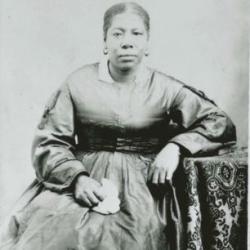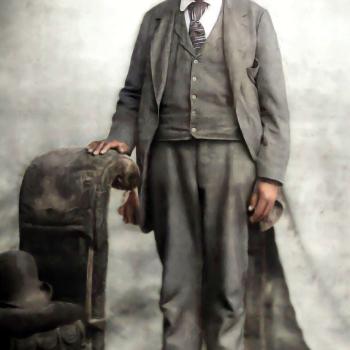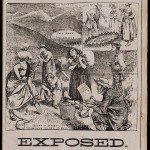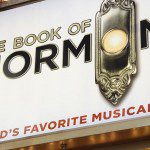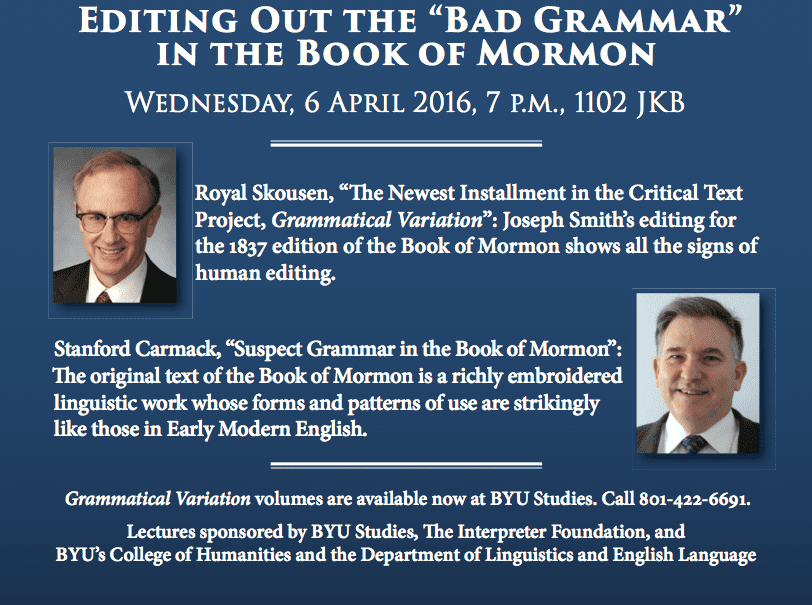
Here is the introduction that I gave tonight at the beginning of the program on “Editing Out the ‘Bad Grammar’ in the Book of Mormon” that was held at Brigham Young University:
We are here tonight to mark publication of the latest products of the Book of Mormon Critical Text Project: The impressively massive and elegantly produced Parts One and Two of Volume Three (The History of the Text of the Book of Mormon: Grammatical Variation).
The central task of the Book of Mormon Critical Text Project has always been, to the extent possible, to restore the original English text of the Book of Mormon by scholarly means.
To that end, the Project has already produced
Volume One: The Original Manuscript
Volume Two (in two parts): The Printer’s Manuscript
Volume Four (in six parts): Analysis of Textual Variants
It has also produced the beautiful and very readable volume that, with others, I call “the Yale edition,” which is officially entitled The Book of Mormon: The Earliest Text and which was published by Yale University Press in 2009. I consider this book so important that, if I had my wish, at least one copy of it would be in the home of every Latter-day Saint who reads English.
I’ve described these books as beautiful and elegant, and it’s appropriate here to pay brief tribute to the excellent work of the national-award-winning typographer Jonathan Salzman, who has made them so. I take special personal pleasure in commending him because, during the time that I was privileged to be involved with them, he was also a principal contributor to the beauty and elegance of the Islamic Translation Series and the Middle Eastern Texts Initiative that I conceived and founded here at BYU.
Royal Skousen is a professor in the Department of Linguistics and English Language at BYU, where he founded the Book of Mormon Critical Text Project in 1988 and has led it ever since. He has, thus, established an entirely justified reputation as, by many light years, the leading expert on the textual history of the Book of Mormon. He has been tenacious, meticulous, and radically honest in this work, setting a scholarly standard that, in my experience, is rarely approached, in or out of the Church. And, although this is less appreciated among his Latter-day Saint audience, he is also internationally known as the founder of the analogical modeling approach to linguistics.
Royal Skousen received a bachelor’s degree from BYU in English, with a minor in mathematics, followed by a doctorate in linguistics from the University of Illinois at Urbana-Champaign. He taught at the University of Texas at Austin before joining the BYU faculty. Since then, he’s served as a visiting professor at the University of California, San Diego; a Fulbright lecturer at the University of Tampere in Finland; and a research fellow at the Max Planck Institute for Psycholinguistics in Nijmegen, The Netherlands.
Royal and his wife Sirkku—an invaluable help to him who has been perfectly meet for him—have been treasured friends to me and my wife for many years now.
Stanford Carmack is an independent scholar based in Cape Cod, Massachusetts. He earned a bachelor’s degree in linguistics from Stanford University, followed by a law degree from that same institution. He also holds a Ph.D. in Hispanic Languages and Literature from the University of California, Santa Barbara, where he specialized in historical syntax. He has published articles on such topics as Georgian verb morphology and object–participle agreement in Old Spanish and Old Catalan.
Dr. Carmack is currently researching Book of Mormon syntax as it relates to Early Modern English. By my count, he has now published eight articles related to that subject in Interpreter: A Journal of Mormon Scripture, and he is a major contributor, by means of textual analysis, to the ongoing work that appears in volume 3 of the Book of Mormon critical text project—which, in a sense, we’re celebrating tonight.
I still clearly recall the first time that I heard from, or of, Stan Carmack. He contacted me on 19 March 2014—just slightly more than two years ago—about a substantial paper that he had written on, as he put it, “aspects of Early Modern English language in the Book of Mormon.” When I actually saw the paper, I was stunned. Here was a second highly qualified linguist who—independently, and coming from a somewhat different angle—was beginning to see the language of the English Book of Mormon in the same intriguing (and puzzling) way that Royal Skousen was. I passed that paper on to Royal for his opinion on it—Royal and Stan can correct me if I’m wrong, but I don’t think that they’d been in serious contact before that point—and . . . well, the rest, in my view, is historic.
I respect them because of their willingness to follow the data where it leads, however surprising that may be, whatever their own preconceptions might be, whatever the preconceptions of those around them, and no matter how much some may misunderstand and even caricature what they’re saying. Once again, what I’ve called the “fierce integrity” of this project deeply impresses me.
I look forward to what they have to say this evening.
Professor Skousen’s remarks will last for a total of about forty-five minutes. Midway through them, however, he will pause. Dr. Carmack will present his paper at that point. It will last for roughly thirty-five minutes. Professor Skousen will then resume his remarks, and a question-and-answer period will follow thereafter.
Brethren?
Tonight’s program was videotaped, and it will eventually be posted on a website belonging to Book of Mormon Central and on the website of the Interpreter Foundation.



